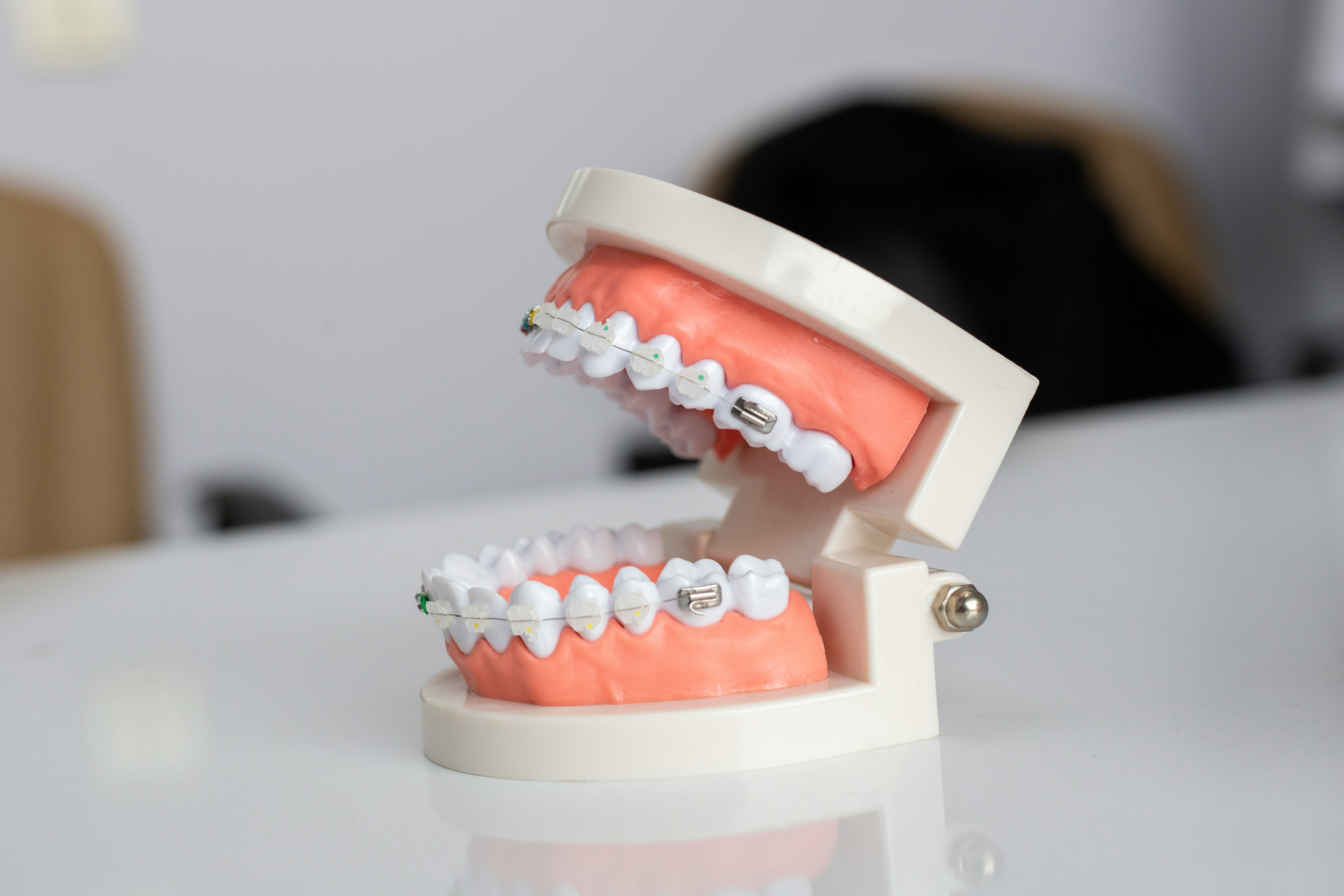Dental Implants Explained: Your Complete Tooth Guide
Explore how modern dental implants restore missing teeth with durable, natural-feeling replacements. This comprehensive guide covers implant types — from single-tooth solutions to All-on-4 and mini implants — the surgical steps including osseointegration, maintenance tips, and cost expectations to help you decide if implants are right for you.

Benefits of Choosing Dental Implants
Replacing missing teeth with dental implants offers more than just cosmetic improvement. Implants are anchored into the jawbone with titanium posts, which stimulate bone health and reduce the bone loss that typically follows tooth loss. This preservation of bone helps maintain facial contours and prevents the sunken appearance that can develop over time. Functionally, implants restore chewing efficiency and speech clarity, allowing patients to eat and talk with confidence.
Unlike removable dentures, dental implants are fixed and do not require adhesives or nightly removal. They also avoid the need to alter neighboring teeth, as common with traditional bridges, which depend on adjacent teeth for support. With proper care, implants can last for many years — often decades — making them a durable, long-term option for tooth replacement.
Types of Dental Implants Available
There are several implant solutions tailored to different needs and anatomical situations:
-
Endosteal implants: The most commonly used design, these are surgically placed directly into the jawbone and serve as a base for crowns, bridges, or dentures.
-
Single tooth implants: Intended to replace one missing tooth, offering a natural look and preserving nearby teeth.
-
All-on-4 implants: A technique that supports a full upper or lower arch using four strategically placed implants, often reducing the need for bone grafting.
-
Mini implants: Narrower-diameter implants for patients with limited bone volume or for stabilizing lower dentures. They can be less invasive and quicker to place.
-
Immediate load implants: Also called same-day implants in some cases, these allow a temporary prosthesis to be attached at the time of implant placement when conditions permit.
Each type has specific indications, advantages, and limitations. A dentist or oral surgeon will recommend the best option based on bone quality, overall health, budget, and aesthetic goals.
The Dental Implant Procedure Process
The implant journey typically unfolds in multiple stages, with timing varying by individual needs:
-
Initial consultation and treatment planning: Imaging, dental impressions, and a review of medical history help determine feasibility and outline a sequence of care.
-
Bone grafting if necessary: When jawbone volume is insufficient, grafting can rebuild the site to provide a stable foundation for implants.
-
Implant placement surgery: The titanium post is inserted into the jawbone under local anesthesia or sedation. This is usually an outpatient procedure.
-
Healing period (osseointegration): Over several weeks to months, the bone fuses with the implant in a process called osseointegration, which secures the post firmly in place.
-
Abutment placement: After the implant integrates, an abutment connects the post to the final restoration.
-
Final restoration attachment: A custom crown, bridge, or denture is fabricated and attached to the abutment to restore function and appearance.
Occlusal adjustments, follow-up visits, and periodic imaging ensure long-term success. In some cases, temporary restorations provide aesthetics during healing.
Costs and Insurance Considerations
Below is a general pricing overview to help set expectations. Exact fees vary based on location, clinician experience, and treatment complexity.
| Implant Type | Average Cost Range | Insurance Coverage |
|---|---|---|
| Single Tooth Implant | $3,000-$4,500 | Partial coverage possible |
| All-on-4 Implants | $20,000-$50,000 | Limited coverage |
| Mini Implants | $500-$1,500 | Varies by provider |
| Full Mouth Implants | $30,000-$60,000 | Case-dependent |
Prices, rates, or cost estimates mentioned in this article are based on the latest available information but may change over time. Independent research is advised before making financial decisions.
Insurance plans differ widely; some cover portions of implant treatment while others treat implants as elective. It is important to verify benefits with your insurer and discuss financing options or phased treatment plans with your dental provider.
Maintaining Your Dental Implants
Long-term success depends on everyday care and regular professional maintenance. Routine brushing, flossing, and dental check-ups help prevent peri-implant diseases, which are inflammatory conditions affecting the soft tissues and bone around implants. While implants themselves cannot develop cavities, the surrounding gums can become inflamed if plaque and bacteria accumulate.
Professional cleanings, periodic X-rays, and monitoring help catch problems early. Avoiding tobacco and managing conditions like diabetes will also improve outcomes. With consistent oral hygiene and follow-up, many people enjoy implant restorations for decades.
Making the Right Decision
Choosing implants involves clinical, financial, and lifestyle considerations. A thorough evaluation by a qualified dentist or oral surgeon will examine bone volume, general health, and aesthetic goals, and present alternatives such as bridges or removable dentures when appropriate. Discuss expected timelines, potential need for bone grafting, and realistic outcomes before beginning treatment.
Dental implants can be transformative for oral health and quality of life, offering strong, natural-looking replacements that protect bone and adjacent teeth. If you are considering implants, schedule a consultation to explore the options tailored to your situation.
This article is for informational purposes only and should not be considered medical advice. Please consult a qualified healthcare professional for personalized guidance and treatment.






